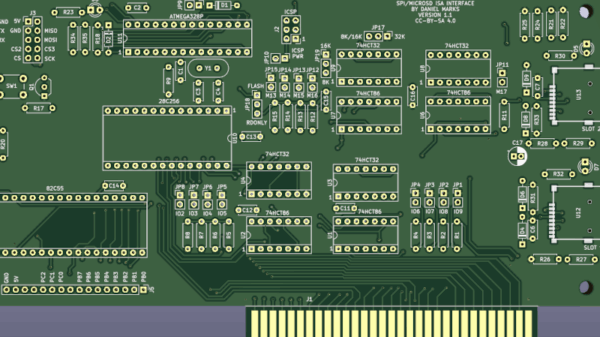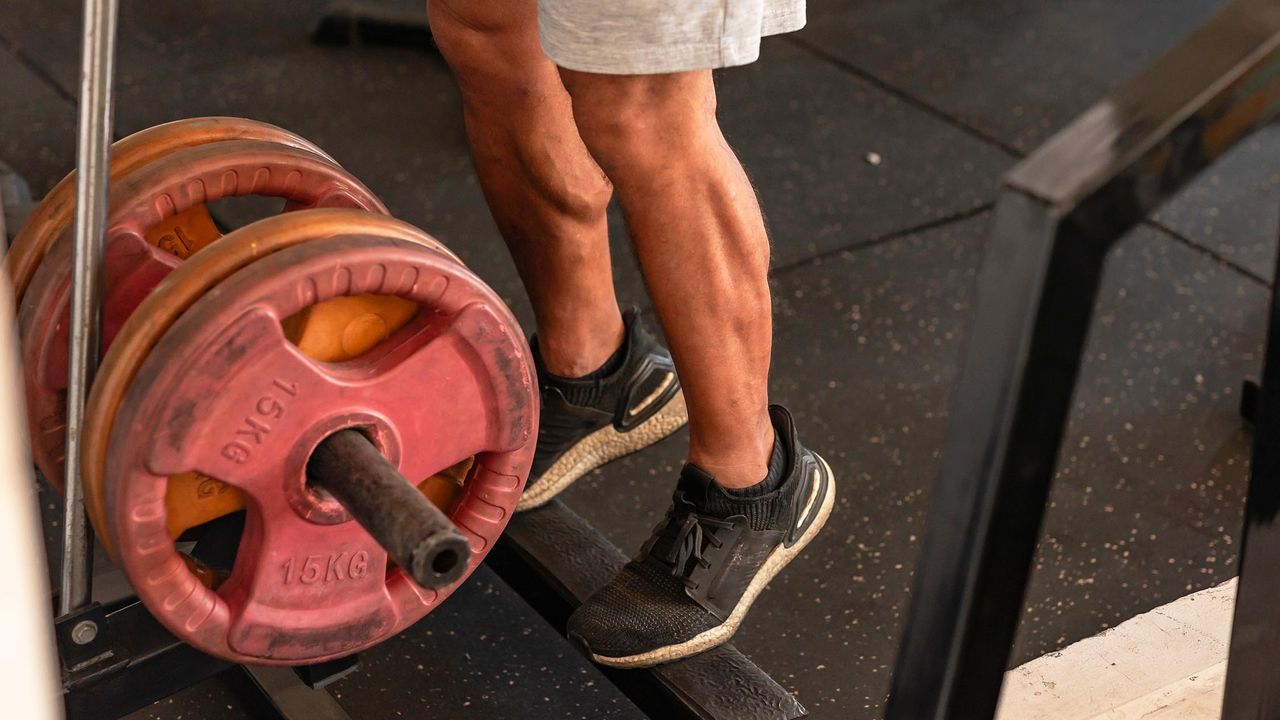Shin splints, medically known as medial tibial stress syndrome, are a common issue for those who engage in high-impact activities. Often triggered by overtraining, repetitive movements, or poorly fitting footwear, this condition causes inflammation in the muscles and connective tissue around the shins. According to the Cleveland Clinic, untreated shin splints can lead to more serious injuries, such as stress fractures.
Many athletes, including runners and dancers, frequently experience this painful condition. As a personal trainer who has encountered shin splints both personally and professionally, I understand the importance of maintaining a consistent training regimen while also incorporating targeted exercises. Below are five effective exercises designed to alleviate shin splint pain and prevent recurrence.
Effective Exercises for Shin Splint Relief
Before starting any new workout routine, it is advisable to consult with a healthcare professional and consider working with a certified personal trainer to ensure proper exercise form. The following exercises require minimal equipment: a pair of dumbbells, a resistance band, a step or elevated surface, and a yoga mat.
1. Calf Raises
Begin by standing tall with your feet together. Engage your core and maintain a neutral spine. Lift your heels off the ground, rising onto your toes, and hold for a moment before lowering back down with control. Repeat this movement for 15 repetitions.
2. Banded Hydrants
Place a looped resistance band around your upper thighs and position yourself on all fours on the mat. Keep your core engaged and spine neutral. Lift your left knee to the side, ensuring your inner thigh is parallel to the floor, and hold for a few seconds before lowering back down. Complete 15 repetitions on each side.
3. Single-Leg Deadlifts
Stand with your feet hip-width apart while holding a moderately heavy dumbbell in your right hand. Engage your core and keep your spine neutral. Slightly bend your left knee and lift your right leg behind you, lowering the weight towards the floor. Ensure your hips remain square to the floor, and then return to the starting position. Perform 15 repetitions on each side. If needed, stabilize yourself by holding onto a wall.
4. Step-Ups
Stand tall with your feet hip-width apart and engage your core. Place your right foot on the step and press your weight into it as you step up with your left foot. Lower your left foot back down with control and repeat for 15 repetitions on each side. For added stability, position the step next to a wall.
5. Wall Sits
Stand in front of a wall with your feet hip-width apart. Lean back against the wall and walk your feet forward, sliding down until your upper thighs are parallel to the floor. Hold this position for 15-30 seconds.
Benefits of the Shin Splints Routine
The exercises outlined above focus on enhancing strength, stability, and endurance in the lower body, which is essential for mitigating shin splint pain.
Calf raises are particularly beneficial as they strengthen the gastrocnemius and soleus muscles, reducing excessive impact on the ankle joint and tibia. Banded hydrants and single-leg deadlifts work to strengthen the core, hips, and glutes, which are crucial for stabilizing the pelvis during activities like walking and running. This results in more efficient stride patterns, minimizing the risk of further injury.
Additionally, step-ups and wall sits target the quadriceps and hamstrings, conditioning them to absorb shock from high-impact activities while better stabilizing the thigh and shin.
Incorporating these exercises into a regular training regimen can significantly aid in the recovery process and help prevent the recurrence of shin splints. With appropriate care and attention to body mechanics, individuals can continue to enjoy their favorite physical activities without the hindrance of shin splint pain.








































































